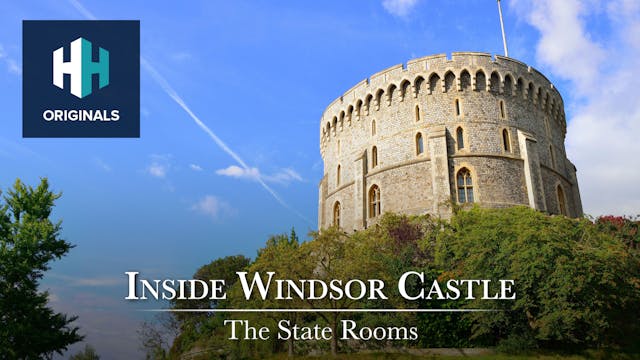Bring Out Your Dead: The Great Plague of 1666
Early Modern
•
23m
1665-1666 was not a good time for the people of London. Not only was most of the city engulfed by what soon became known as The Great Fire of London in September 1666, but months before the most infamous outbreak of disease in British history occurred: the Great Plague. Plague arrived in England at around about the 12th century, believed to have been brought to England by sailors. The contagion soon spread across the length and breadth of the British Isles with devastating impact – the so-called ‘Black Death.’ Since then, waves of plague outbreaks became a regular occurrence in England. Yet by 1665, these epidemics seemed to be finally abating - there had not been a major outbreak in plague in roughly thirty years. It proved the calm before the storm. 17th century London was a metropolis rife with squalor and disease – especially in the poorer areas. Overcrowding was common and there was no sanitation; open drains flowed through the centre of streets, the cobbles of which were covered in waste. The smell was so bad that many people covered their faces to diminish the odour. Conditions were prime for the outbreak of disease. The mainstream view of how the disease spread is by rats. Clearly the stinking city of London was the perfect place for rats to go and spread epidemics. The plague could affect anybody – so much so that one contemporary writer described it as “God’s terrible judgement on this city”. Yet it was the poor who suffered the worst due to their squalid living conditions and their inability to escape to the countryside. In this History Hit TV Original documentary, medieval historian Helen Carr visits St Dunstan’s Church in Stepney, site of one of the biggest plague pits in London, to talk to 1666 expert Rebecca Rideal about the deadly, dehumanising disease which wiped out a quarter of the capital city. Rebecca Rideal is a factual television producer and writer, currently studying for a PhD on Restoration London during the Great Plague and the Great Fire at University College London.
Up Next in Early Modern
-
Inside Windsor Castle: The State Rooms
Windsor Castle has a legendary connection to the British monarchy: the longest-serving royal palace in the whole of Europe. Ever since the days of William the Conqueror, the Castle has dominated this strategic point on the banks of the Thames, overlooking west London. Over the next 1,000 years ki...
-
Edgehill: A Fight of Spite and Spleen
When Charles I acceded to the throne in 1625, there was every reason to hope his reign would be as peaceful and prosperous as any. But by 1642, after almost two decades of religious aggravation and personal ‘tyranny’, tensions reached boiling point. The chance for peaceful resolution and diplomat...
-
The British Republic
The Commonwealth of England between 1649 and 1660 is one of the least talked about, yet most defining, periods in British history. Paul Lay comes on the show to discuss this momentous decade, when Britain was a republic.



